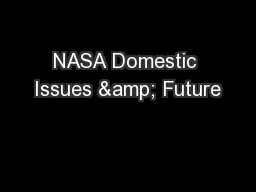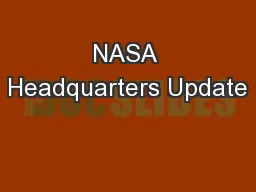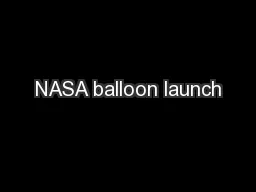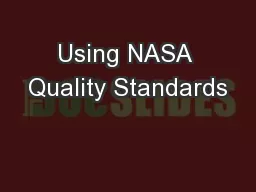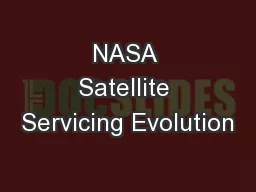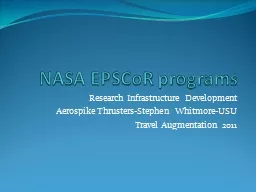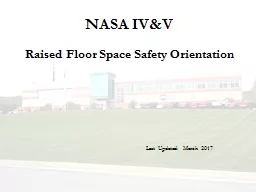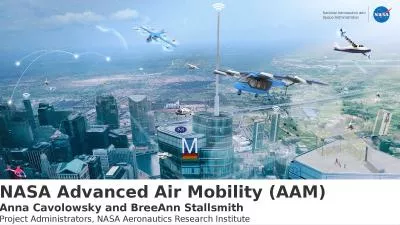PPT-NASA Domestic Issues & Future
Author : myesha-ticknor | Published Date : 2017-03-18
Earth Observation Missions John Zuzek 29May2014 NASA Domestic Issues amp Future earth observation missions 2 CORF Spring 2014 Meeting 29May2014 John Zuzek NASA National
Presentation Embed Code
Download Presentation
Download Presentation The PPT/PDF document "NASA Domestic Issues & Future" is the property of its rightful owner. Permission is granted to download and print the materials on this website for personal, non-commercial use only, and to display it on your personal computer provided you do not modify the materials and that you retain all copyright notices contained in the materials. By downloading content from our website, you accept the terms of this agreement.
NASA Domestic Issues & Future: Transcript
Download Rules Of Document
"NASA Domestic Issues & Future"The content belongs to its owner. You may download and print it for personal use, without modification, and keep all copyright notices. By downloading, you agree to these terms.
Related Documents

